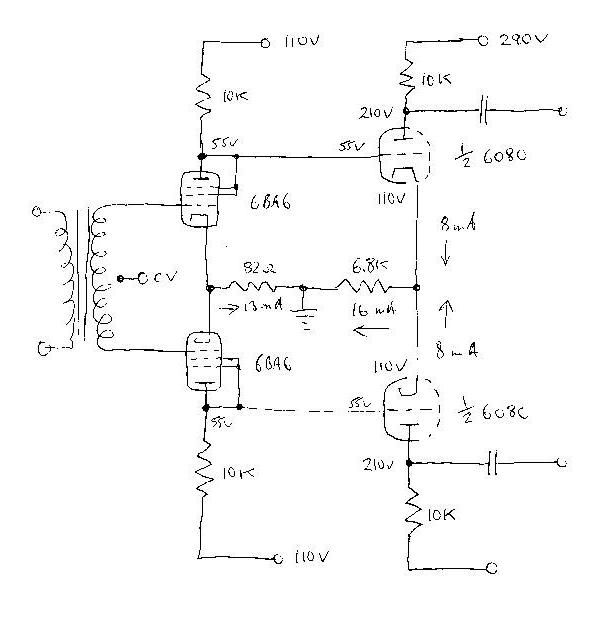squib said:
yet the DC is blocked by caps C5 and C6. Wouldn't the caps and inductor(s) combine to make a 12dB HP filter?
I think that's the idea but as you said for common mode will be much higher atten, for the common mode L will be the lekage induction (or twice the lekage, I leave math here for someone else) and for differential mode will be the induction of both in series so about 4 times the induction of each. I don't know the specs of this transformer but this is how it'll work, worst case CMR will be 3 orders of magnitude over the signal.































![Electronics Soldering Iron Kit, [Upgraded] Soldering Iron 110V 90W LCD Digital Portable Soldering Kit 180-480℃(356-896℉), Welding Tool with ON/OFF Switch, Auto-sleep, Thermostatic Design](https://m.media-amazon.com/images/I/41gRDnlyfJS._SL500_.jpg)



